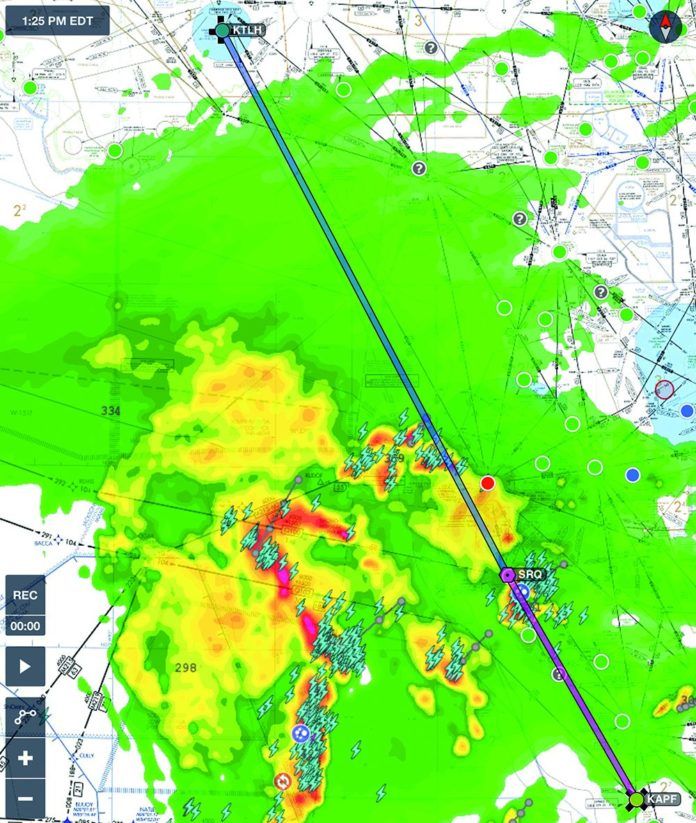On December 1, 2013, a Beechcraft B36TC turbocharged Bonanza crashed in mountainous terrain in central Idaho while en route from Baker, Ore., to Butte, Mon. All five occupants were killed. The NTSB accident report stated the probable cause of the accident was “continued flight into known light-to-moderate icing conditions over mountainous terrain.” Reporting stations along the flight path advertised widespread marginal VFR and Airmets had been issued for moderate icing, mountain obscuration and moderate turbulence, and wind shear. There also were numerous pilot reports of icing conditions for various locations in Idaho and along the route of flight.
In reality, the NTSB’s finding in this accident might more properly be called a result rather than a probable cause. In my view, the clear cause of this accident was poor risk management by the Bonanza pilot. I know it’s always easy in hindsight to come to such a conclusion, yet the pilot of this Bonanza launched on this flight despite the fact that he was flying an aircraft that was not equipped for flight in known icing conditions. Even a cursory review of the weather would have revealed the almost certain presence of ice in the clouds at the minimum en route altitude of 13,000 feet.
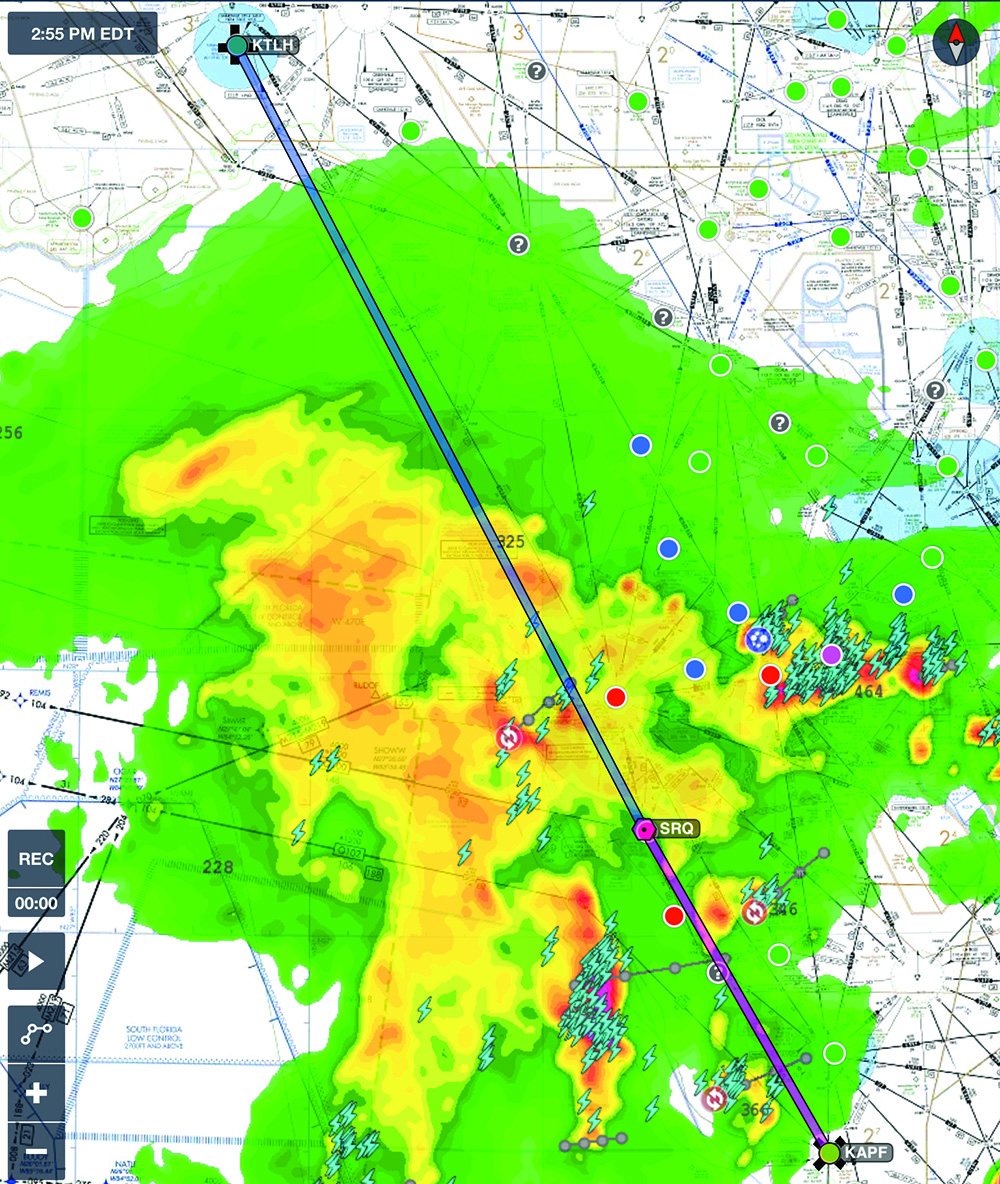
Accident Causality and Risk
General aviation pilots all too often routinely undertake flights in the face of obvious or hidden hazards. In too many cases, such pilots come to grief because they ignored obvious risks or failed to identify, assess and mitigate subtle risks. The key to addressing these hazards is to do a proper risk assessment, mitigate these risks and then decide whether you’re ready to accept the remaining risk.
As we’ve discussed many times, the root cause of the majority of general aviation fatal accidents is poor risk management. Many pilots fail to perform even a rudimentary risk analysis before flight or fail to continue the risk management process while en route. In some cases, pilots ignore obvious hazards while most of us expose ourselves to more subtle hazards without consciously considering the risk factors in play.
The key difference in many of these situations is the interplay between risk severity (i.e., consequences) and risk likelihood (i.e., probability). Let’s look at what should be the familiar risk assessment matrix at right to illustrate. The key to using it is to understand which of these two elements—likelihood and severity—the pilot can control. This will vary, depending on the circumstances.
The hazards and identifiable risks of his proposed flight should have been obvious to the Bonanza pilot since the aircraft was not equipped for flight in icing conditions. The combination of weather and terrain along the direct route of flight in this case combined to create a potentially catastrophic level of severity. That potential was realized with the loss of the aircraft and all its occupants. Given the environmental conditions, the likelihood of such an event was at least occasional (i.e., an event will probably occur sometime). As a result, the overall risk was high—in the red—and required mitigation before departure.
Could this pilot have changed the level of severity or likelihood on the risks he faced? On its face, it seems the severity of the risks he faced was fixed. However, could he have reduced the severity of the risks if he had changed his route of flight or time of departure?
Maybe, but that seems unlikely given the terrain in the Pacific Northwest and the weather he faced that day. If the flight could be routed over flat terrain, the potential severity of an icing encounter could have been reduced, but Kansas is a long way from Idaho. He obviously could have changed the probability of occurrence to zero by canceling the flight, yet few pilots own a turbocharged piston single to keep it in the hangar. The go/no-go decision always is a challenge for pilots trying to use their cross-country airplanes to get somewhere on a schedule. Yet they often forget airplanes of all sizes have limitations regarding the weather they can handle. No matter the crew’s training and experience, there’s some weather not even a 747 should be in.

Ignoring the Obvious
It would be easy to point the finger at this pilot and say he surrendered to external pressures and pressed on until it was too late. Why would a pilot, however, intentionally launch into such conditions? Isn’t the threat of death powerful enough to overcome typical external pressures to complete a flight? Or for that matter, why do all too many pilots attempt to penetrate a solid line of thunderstorms, or stretch a flight and run out of fuel?
My view is the pilot training system is largely at fault for creating this situation. Our current system is based on rote training and knowledge, verified with skill testing that is largely maneuver-based rather than scenario-based. The general aviation training community, including the FAA and most organizations, whitewashes the real hazards of operating general aviation aircraft for transportation. This may change soon, as we transition from practical test standards (PTS) to airman certification standards (ACS). My article in the July 2013 issue discussed how the ACS is designed to “integrate airman knowledge, skills and risk management expertise in a way that could be more effectively evaluated than through the current PTS.” And as noted in Aviation Safety‘s April 2016 issue, the ACS will go into effect in June 2016, for the private pilot-airplane and instrument-airplane checkrides.
The ACS are designed to test both applied knowledge and risk management, as well as the usual physical skills. I serve on the FAA/industry work group developing the ACS, but I am withholding judgment on the ultimate success of the ACS concept until I am sure that FAA and the GA community can transition to a new training culture. It will take a lot of work with flight instructors, pilot examiners and other members of the training community to ensure risk management concepts are thoroughly ingrained in the new system—and that new pilots apply these new skills. That’s the goal, after all.

Single-Engine Night/Low IMC
The risk management process requires us to consider and either reject or modify the factors that can hurt us. But there are many other, subtle hazards we all face on almost every flight—and most of us, including yours truly, often don’t apply enough risk analysis to these situations. Most of these subtle hazards arise from normal or typical flight operations. They can be identified, assessed, and mitigated using risk management techniques. Let’s look at four examples.
Many of us consider single-engine airplanes to be nearly all-weather transportation. But even in the absence of icing, convective activity and other major hazards, there is considerable risk in operating in low IMC conditions. The obvious consequences of an engine failure in a single should give us all at least a pause before launching.
Looking back at the risk management matrix on the previous page, the consequences of such an event can indeed be catastrophic, but isn’t the probability so low that this risk is actually medium or green? For a turbine-powered single, the actual likelihood of an engine failure may indeed be improbable (i.e., “an event is highly unlikely to occur”).
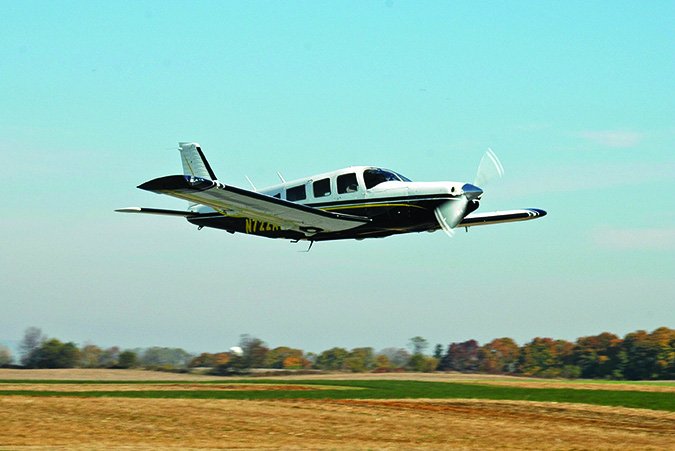
For the piston-powered single, however, it’s arguably only remote (i.e., “an event is unlikely to occur, but is possible”). I know that this sounds like splitting hairs, but if you compare this analysis to the risk assessment matrix, it’s the difference between a medium/green risk and a serious/yellow one. In this case, risk management doctrine suggests that you could take off in a piston single into low IMC, but you should consider some form of mitigation before doing so. Extra fuel, perhaps, or a safety pilot. Add nighttime conditions to the mix and you might consider such conditions to be no-go. Or not.
Single-Engine Over Terrain
The analysis here is similar to that for the low IMC situation. In this case, you might consider an array of options, depending on their availability. For example, if ATC offered me an intersection takeoff from the midpoint of Runway 17 at the Salina (Kan.) Regional Airport (KSLN, 12,301 feet), I would undoubtedly accept it if it got me in the air sooner on a 100-degree day. On the other hand, if ATC made me the same offer on 4956-foot-long Runway 25 at mega-urban Jack Northrop Field/Hawthorne Municipal Airport in Hawthorne, Calif. (KHHR), I would undoubtedly reject it, even if the length was adequate at such high temperature. Pilots commonly face this and the previous situation on nearly every flight.
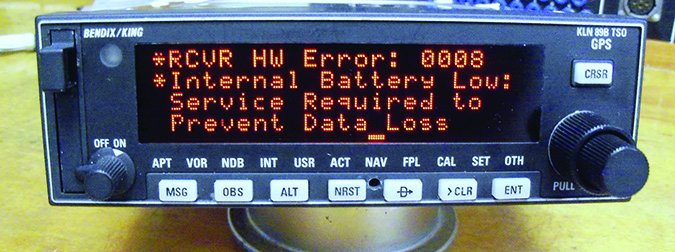
Please don’t misunderstand: I don’t suggest you must reject all proposed flights when running through a risk assessment matrix lands you in the yellow. I do, however, recommend accepting additional risk factors only after evaluating and acknowledging the risks are present, and then mitigating them to the extent you can. In the end, you must consciously accept the risk that remains.
IMC Without An Autopilot
This one is bound to generate some controversy. After all, aren’t we supposed to be able to hand fly under all conditions? Yes, but not if it significantly increases risk.
The truth is that a five-hour flight in IMC in a Bonanza or a similar airplane without a working autopilot is exhausting. The resulting fatigue may increase the risk you will not be ready to shoot a 200-and-a-half approach at the destination. It may also increase the risk of in-flight loss of control before you get there.
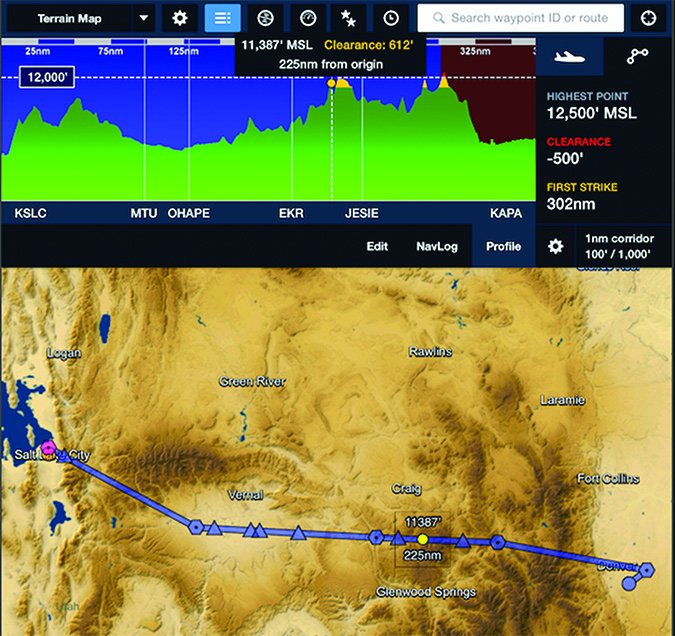
Equipment Failures
If you fly with inoperative equipment, you may increase both the likelihood and severity of some hazards and resulting risk. This can be true even in airplanes with redundant systems.
A pilot-in-training and his flight instructor found this out the hard way on March 24, 2014, when their Piper PA-44-180 Seminole broke up in flight and crashed near Brunswick, Ga., an accident this magazine highlighted in last month’s Accident Probe. The pair accepted an airplane with one vacuum pump inoperative and were in IMC conditions when the breakup occurred. They were briefed on the inoperative pump but elected to make the flight using the FAA-approved minimum equipment list (MEL) that allowed them to conduct an IFR flight as long as the remaining pump was operative. According to the NTSB probable cause finding, the remaining vacuum pump likely failed during the flight and the pilots lost control of the aircraft.
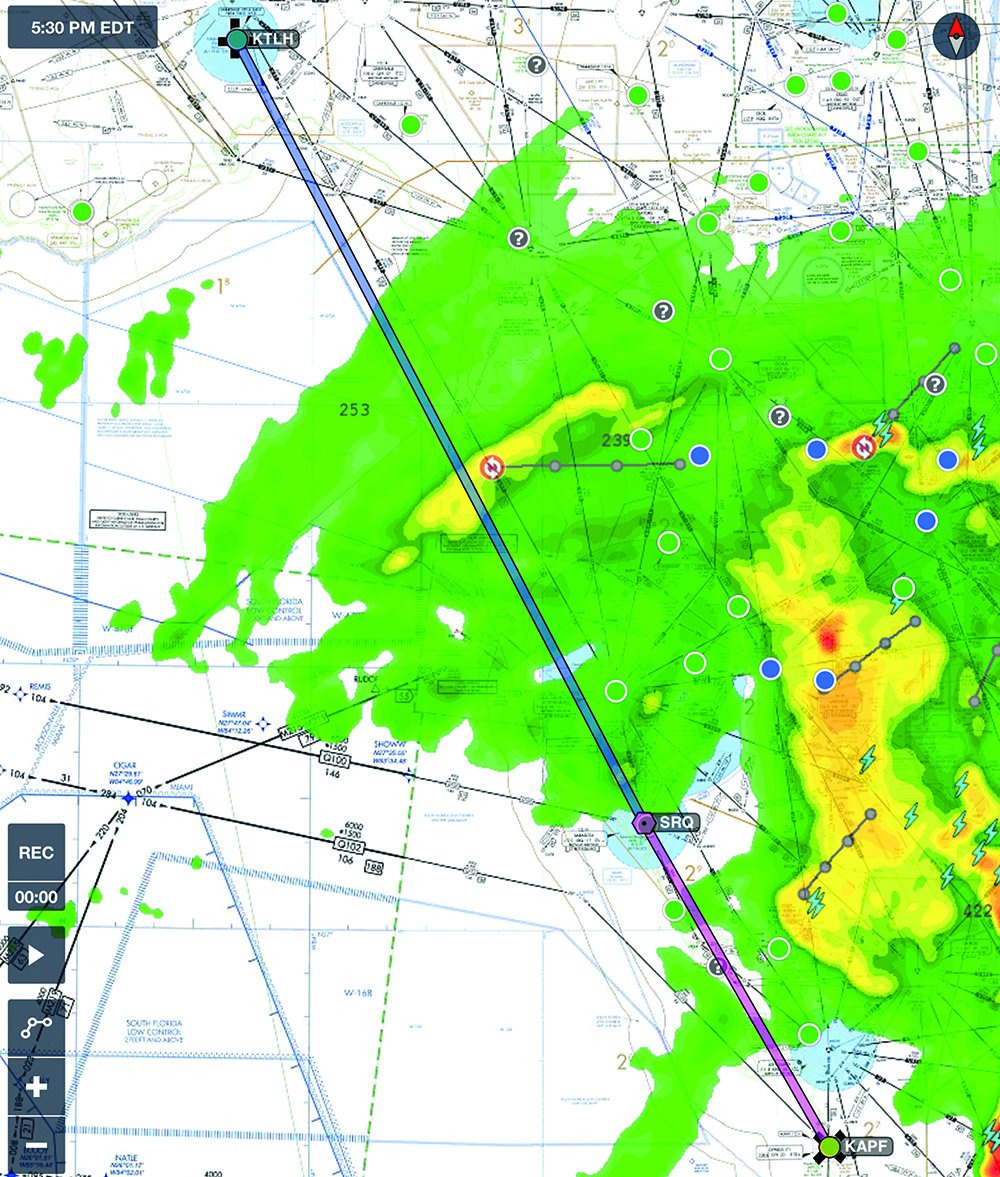
Sorting It All Out
These examples all illustrate the subtle risks associated with normal events and hazards that may not be apparent unless you conduct a risk analysis before flight and continue analyzing as the flight progresses. To ensure such hazards don’t create risks that can ruin your day, consider following these basic procedures.
• Consider potential risks before all flights. For short, non-complex flights this could be as simple as running through the PAVE checklist before takeoff.
• For long or complex flights, conduct a full risk analysis before departure. For all identified risks, assess their likelihood and severity, and mitigate those you assess to be “high” or “serious” as defined in the FAA’s Risk Management Handbook.
• Continue to identify, assess and mitigate any risks that may develop as the flight progresses.
• Establish your own comfort with the level of risk that you are consciously willing to accept. Remember also you are accepting that same, perhaps elevated risk level on behalf of your passengers.
Robert Wright is a former FAA executive and president of Wright Aviation Solutions LLC. He is also a 9600-hour ATP with four jet type ratings and holds a flight instructor certificate. His opinions in this article do not necessarily represent those of clients or other organizations that he represents.

